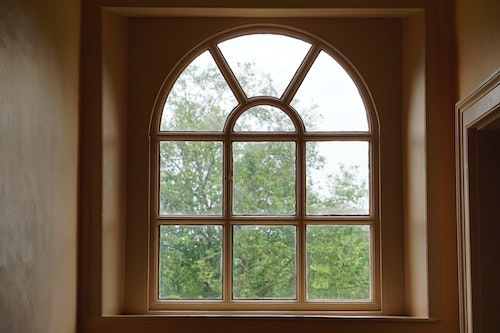
Adding window film or special energy-efficient glass is an excellent way to reduce your monthly utility bill and regulate your home temperature. Both ultraviolet and infrared light may have a big impact on your energy bill, but with low emissivity, or low-E upgrades, you can enjoy notable energy savings.
Here is a basic guide to increasing your energy efficiency with low-E options:
Low-E window films decrease the amount of UV and infrared rays that pass through your windows. This film regulates the light and temperature of a space while still allowing natural light to shine through.
Low-E glass can save you money. As it reduces UV rays entering the home, it also starts reducing your energy bill. Low-E film is a cheaper alternative, which can be a great project for DIY lovers. Low-E film will add an extra layer of protection in addition to what newer windows already provide.
If you live in a colder climate, the solar heat gain coefficient (SHGC) of your glass or film should be higher. SHGC is the amount of solar radiation that can permeate through a window.
Installing low-E film or windows allows you and your household to enjoy outside light without extra UV rays. Not only will they regulate the heat of your space, they’ll help you save energy.

Great thanks for my earning the privilege to be named a Five Star Real Estate Agent by Boston Globe for eight consecutive years, 2015 through 2023! I am deeply grateful to my clients for taking their valuable time to recommend me and favorably evaluate my service. I love what I do, and it is so rewarding to know that I am making a positive impact on my client's life!